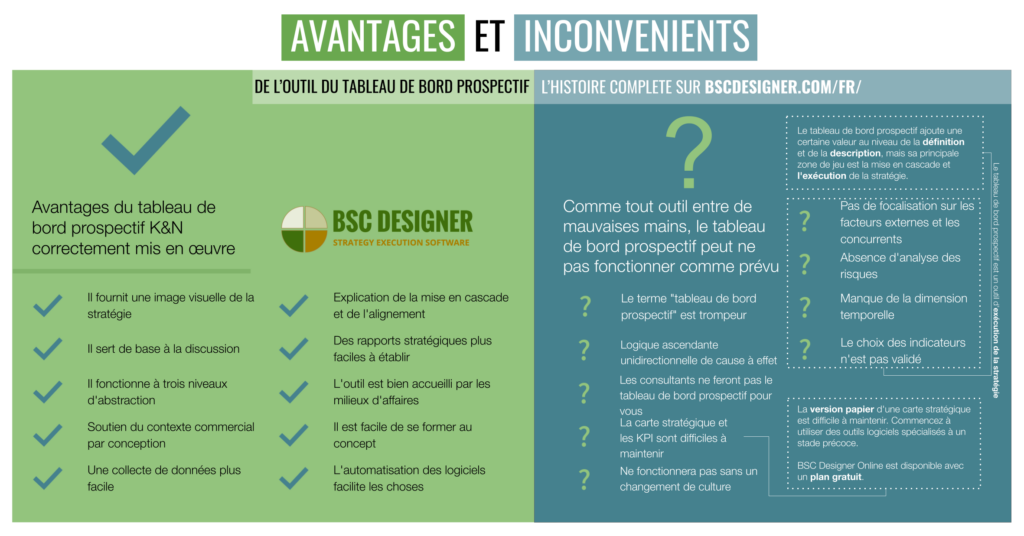Bills of exchange are financial instruments used in commercial transactions. They offer a number of advantages, such as speed of payment and ease of use. However, they also present disadvantages such as the risk of non-payment and the need to use the services of intermediaries. In this review, we will analyze in detail the advantages and disadvantages of commercial paper.
What Life Will Be Like In 2050
[arve url="https://www.youtube.com/embed/jUrz0J-gUM "/]
What are the disadvantages of commercial paper?
Commercial paper can have several disadvantages. First and foremostHowever, they can be an administrative burden for companies. In fact, the management of bills of exchange requires rigorous monitoring of payment deadlines, the sending of reminder letters and, if necessary, collection procedures in the event of non-payment.
In additionHowever, the use of bills of exchange can also increase costs for companies. Issuing a commercial paper often involves costs such as postage, printing and bank processing fees.
In additioncommercial paper can also present a risk of non-payment for creditors. If the issuer of the commercial paper is facing financial difficulties or is unable to pay on the due date, the creditor may encounter problems in obtaining payment of his claim.
FinallyHowever, the use of commercial paper may be limited in certain business sectors or geographical regions. Some companies prefer to use other means of payment, such as bank transfers or credit cards, which limits demand for commercial paper.
It is therefore important for companies to carefully weigh up the advantages and disadvantages of commercial paper before deciding to use it as a means of payment.
What are the advantages of trade bills?
Commercial paper offers a number of important advantages for companies. First and foremostIt speeds up commercial transactions by offering an alternative to immediate payment. By using commercial paper such as bills of exchange, promissory bills or cheques, companies can defer payment and thus improve their cash flow.
ThenA commercial paper also constitutes a payment guarantee for the creditor. By signing a commercial paper, the debtor legally undertakes to honor his debt on the agreed due date. This gives creditors a degree of security when making transactions.
In additioncommercial paper can be used as a financing instrument. By transferring its bills to a financial institution, a company can obtain rapid liquidity without the need for a traditional loan. This can be particularly advantageous for small and medium-sized companies in need of additional funds to expand their business.
FinallyThe use of commercial paper also makes it easier for companies to manage payments and receivables. Bills of exchange are generally recorded and managed electronically, simplifying invoicing, payment tracking and debt collection processes.
In short, commercial paper offers a number of advantages for companies. It improves cash flow, provides a guarantee of payment, can be used as a financing instrument, and facilitates the management of payments and receivables.
What are the three types of commercial paper?
The three types of commercial paper are bills of exchangethe promissory bills and cheques.
Bills of exchange are financial instruments used in commercial transactions. They are issued by the creditor, called the drawer, and must be accepted by the debtor, called the drawee. Once accepted, bills of exchange can be negotiated or endorsed, enabling the bearer to collect them from a bank or financial institution.
Promissory bills are also financial instruments used in commercial transactions. They are issued by the debtor himself, called the underwriter, and are payable directly to the beneficiary on the agreed date. Promissory bills can also be negotiated or endorsed.
Cheques are payment instruments used in banking transactions. They enable bank account holders to instruct their bank to pay a sum of money to a designated beneficiary. Cheques can be used to make payments or settlements.
These different types of commercial paper are widely used in commercial transactions, offering companies flexible and secure means of payment.
What are the two types of commercial paper?
The two types of commercial paper are short-term commercial effects and long-term commercial effects.
Short-term commercial effects are financial instruments with maturities of less than one year. They are used to finance a company's day-to-day operations, such as purchasing raw materials, paying suppliers or collecting trade receivables. Commercial paper includes bills of exchange, promissory bills and deposit receipts.
Long-term commercial effectsIn contrast, long-term investments are financial instruments with maturities of more than one year. They are often used to finance long-term investments, such as equipment purchases or expansion projects. Examples of long-term commercial paper include commercial bonds, preferred shares and equity securities.
These two types of commercial paper play an essential role in the functioning of the economy, enabling companies to raise funds for their activities and diversify their sources of financing.
In conclusion, commercial paper has both advantages and disadvantages. On the one hand, they offer an interesting alternative cash or cheque payments, enabling simplified management of business transactions. They also foster trust between stakeholders, by providing written proof of financial commitment. What's more, they they are easily negotiableThis allows us to obtain liquidity quickly when needed.
However, it's important to note that commercial paper can also have its drawbacks. First of all, they often involve additional costsThis can increase total transaction costs. In addition, their management can be complex and requires specialized expertiseThis can be restrictive for small businesses. Finally, there is a risk of non-payment or non-acceptance of bills of exchange, which can lead to financial difficulties for the parties involved.
It is therefore essential to take these different aspects into account before opting for the use of commercial paper in a business relationship. A careful assessment of the advantages and disadvantages is necessary in order to make an informed choice adapted to each situation.








